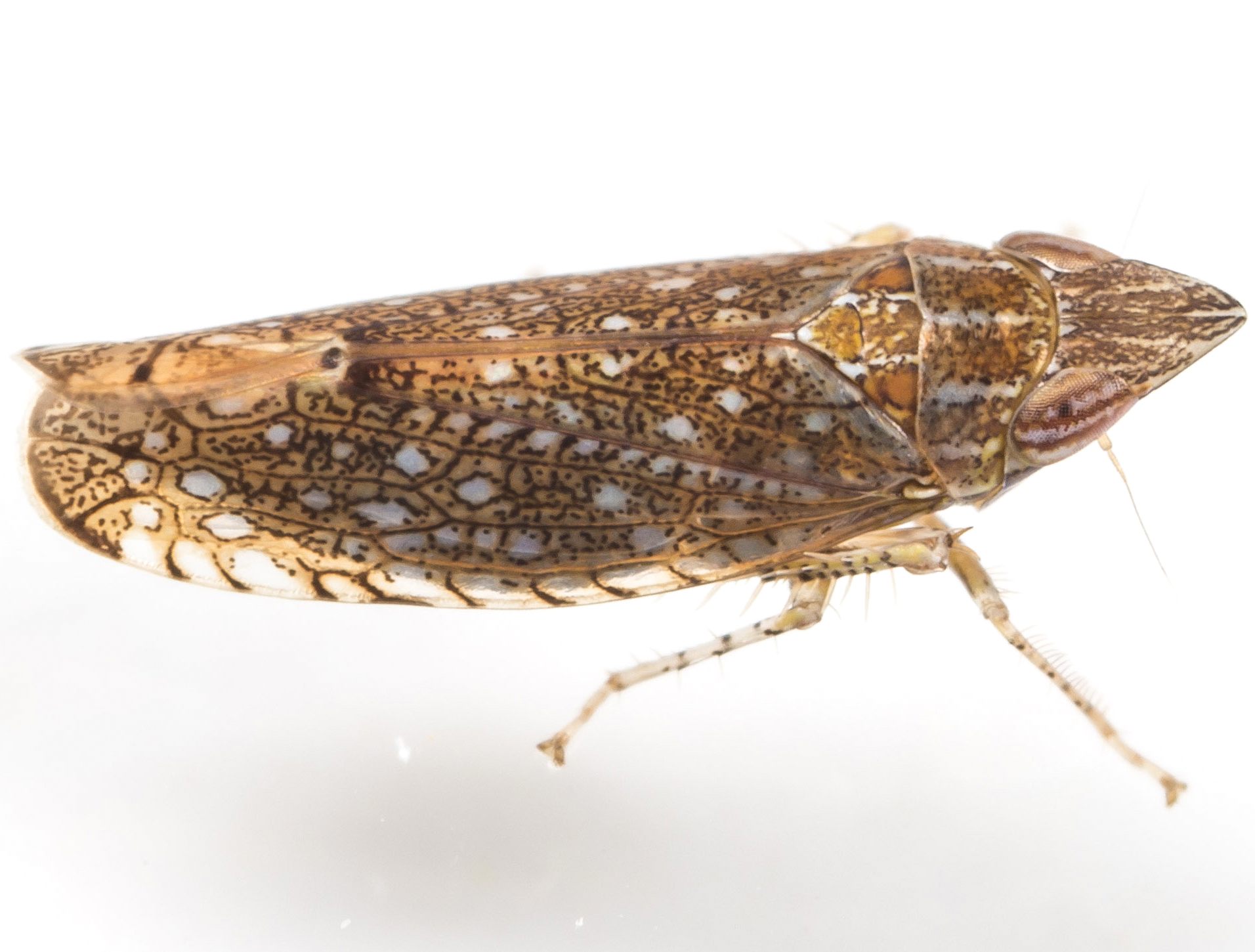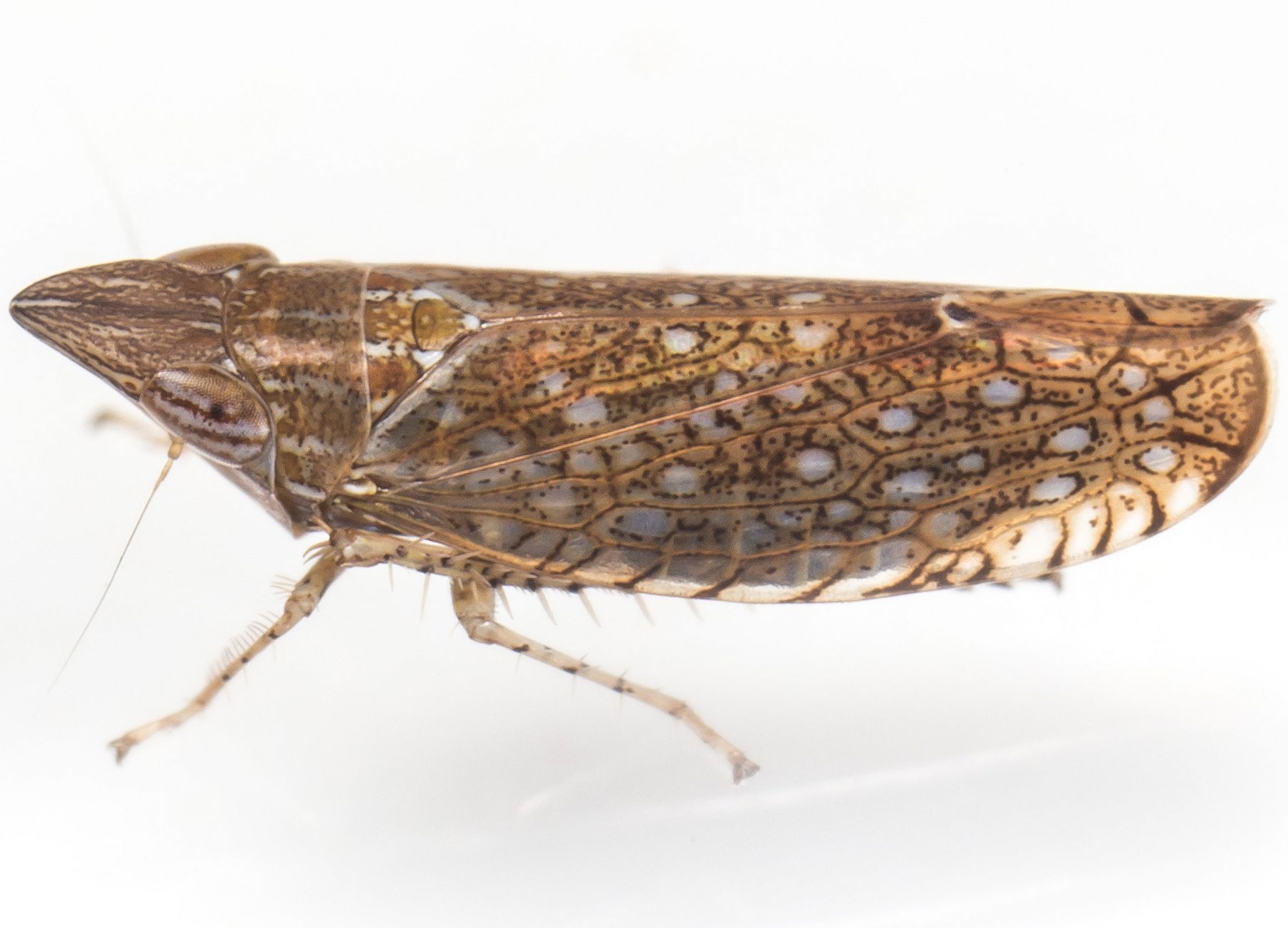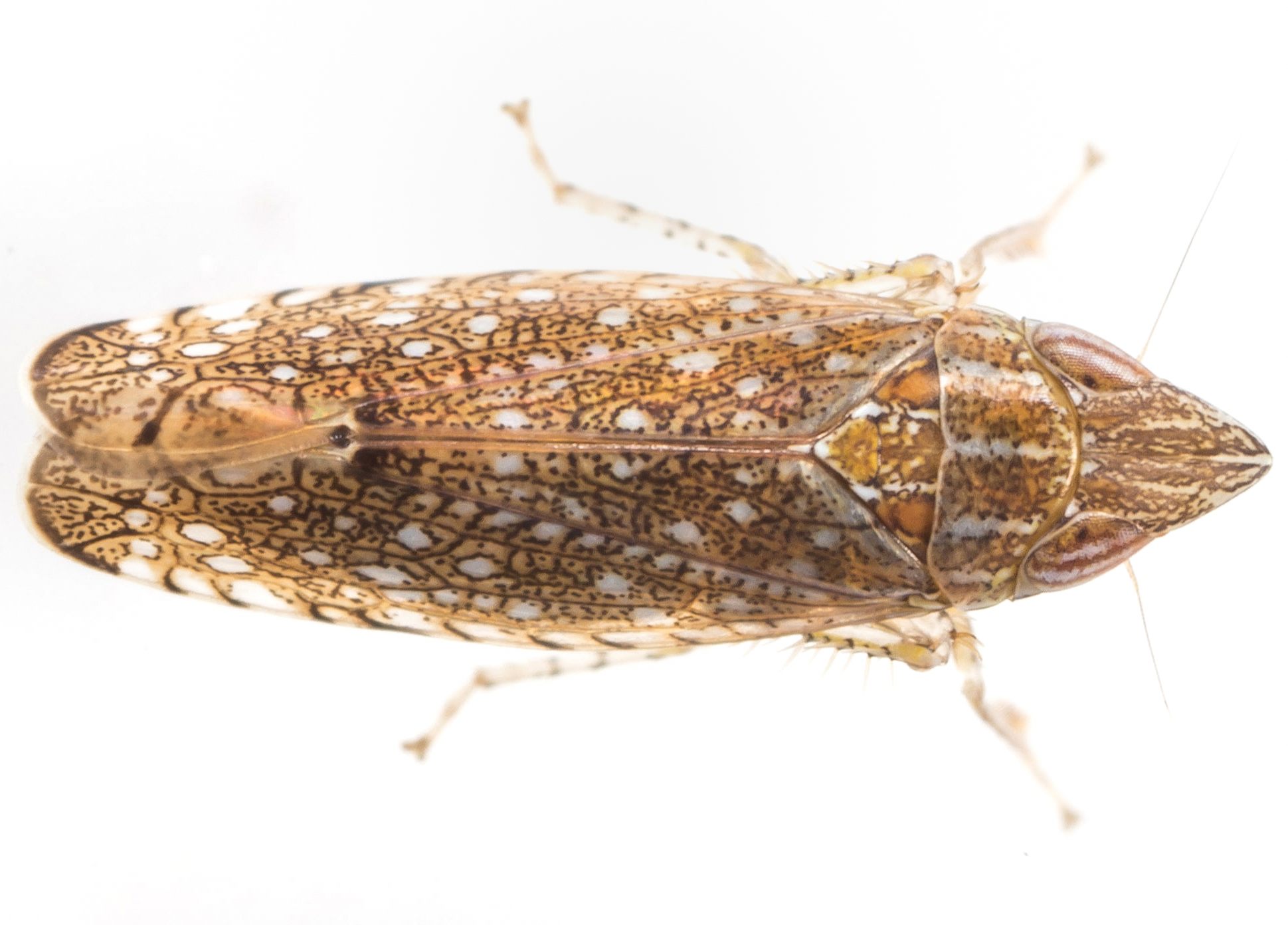Species Photo Gallery for Scaphytopius acutus Sharp-nosed Leafhopper 41 |
 | Photo by: Marilyn Westphal, Nora Murdock
Henderson Co.
Comment: Using beat sheet | 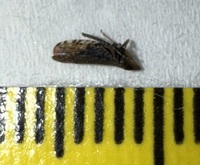 | Photo by: Marilyn Westphal, Nora Murdock
Henderson Co.
Comment: Using beat sheet |
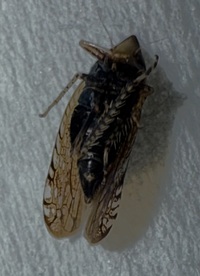 | Photo by: Marilyn Westphal, Nora Murdock
Henderson Co.
Comment: Using beat sheet | 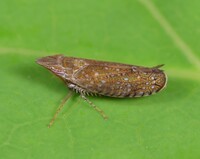 | Photo by: Rob Van Epps
Iredell Co.
Comment: Caught sweeping in grassy, weedy area. |
 | Photo by: Rob Van Epps
Mecklenburg Co.
Comment: Caught sweeping along grassy edge of a pond. |  | Photo by: Rob Van Epps
Mecklenburg Co.
Comment: Caught sweeping along grassy edge of a pond. |
 | Photo by: Rob Van Epps
Mecklenburg Co.
Comment: Caught sweeping along grassy edge of a pond. | 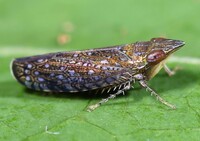 | Photo by: Rob Van Epps
Mecklenburg Co.
Comment: Caught sweeping. |
 | Photo by: Ted Wilcox
Watauga Co.
Comment: unid_leafhopper | 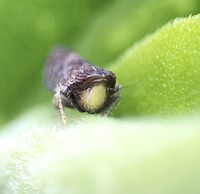 | Photo by: Ted Wilcox
Watauga Co.
Comment: unid_leafhopper |
 | Photo by: Ted Wilcox
Watauga Co.
Comment: unid_leafhopper | 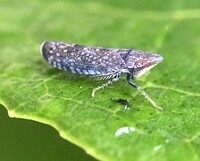 | Photo by: Ted Wilcox
Watauga Co.
Comment: unid_leafhopper |
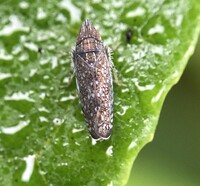 | Photo by: Ted Wilcox
Watauga Co.
Comment: unid_leafhopper | 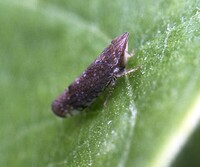 | Photo by: Ted Wilcox
Watauga Co.
Comment: unid_leafhopper |
 | Photo by: Ted Wilcox
Watauga Co.
Comment: unid_leafhopper | 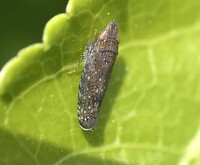 | Photo by: Ted Wilcox
Watauga Co.
Comment: unid_leafhopper |
 | Photo by: Ted Wilcox
Watauga Co.
Comment: unid_leafhopper | 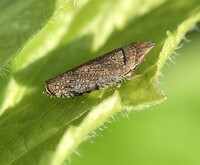 | Photo by: Ted Wilcox
Watauga Co.
Comment: unid_leafhopper |
 | Photo by: Ted Wilcox
Watauga Co.
Comment: unid_leafhopper | 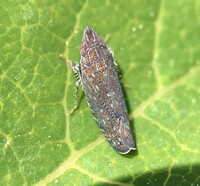 | Photo by: Ted Wilcox
Watauga Co.
Comment: unid_leafhopper |
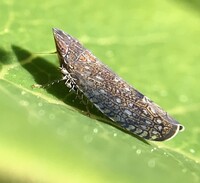 | Photo by: Ted Wilcox
Watauga Co.
Comment: unid_leafhopper | 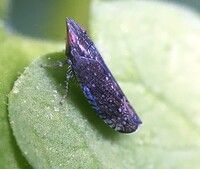 | Photo by: Ted Wilcox
Watauga Co.
Comment: unid_leafhopper |
 | Photo by: Kyle Kittelberger
Hoke Co.
Comment: sweeping, grassy and herbaceous vegetation; females, 4.6 mm | 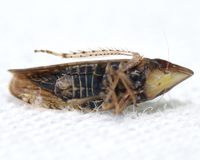 | Photo by: Kyle Kittelberger
Hoke Co.
Comment: sweeping, grassy and herbaceous vegetation; females, 4.6 mm |
 | Photo by: Kyle Kittelberger
Hoke Co.
Comment: sweeping, grassy and herbaceous vegetation; females, 4.6 mm |  | Photo by: Rob Van Epps
Mecklenburg Co.
Comment: Weedy/brushy woodland edge. |
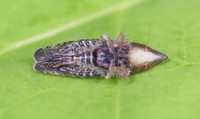 | Photo by: Rob Van Epps
Mecklenburg Co.
Comment: Weedy/brushy woodland edge. | 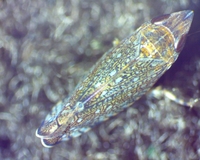 | Photo by: Ken Kneidel
Yancey Co.
Comment: 5 mm male, forest edge with small lawn and meadow nearby |
 | Photo by: Ken Kneidel
Yancey Co.
Comment: 5 mm male, forest edge with small lawn and meadow nearby |  | Photo by: Ken Kneidel
Mecklenburg Co.
Comment: 4.5mm, captured during sweep of vegetation surrounding wet retention area |
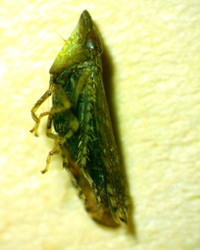 | Photo by: Ken Kneidel
Mecklenburg Co.
Comment: 4.5mm, captured during sweep of vegetation surrounding wet retention area | 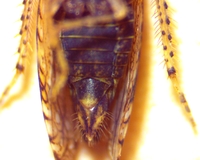 | Photo by: Ken Kneidel
Mecklenburg Co.
Comment: 4.5mm, captured during sweep of vegetation surrounding wet retention area |
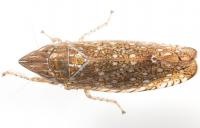 | Photo by: John Rosenfeld
Out Of State Co.
Comment: female | 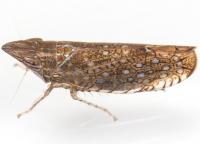 | Photo by: John Rosenfeld
Out Of State Co.
Comment: female |
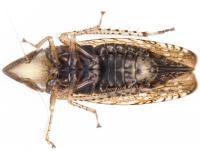 | Photo by: John Rosenfeld
Out Of State Co.
Comment: female | 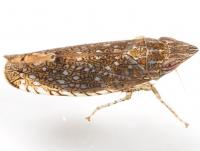 | Photo by: John Rosenfeld
Out Of State Co.
Comment: female |
 | Photo by: John Rosenfeld
Out Of State Co.
Comment: female | 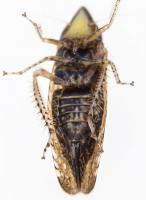 | Photo by: John Rosenfeld
Out Of State Co.
Comment: female |
 | Photo by: Kyle Kittelberger, Brian Bockhahn, Paul Scharf
Wake Co.
Comment: grassy area; shows a yellow face (not visible really in this pic; likely this species, though there are other similar ones) | 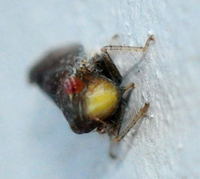 | Photo by: Kyle Kittelberger, Brian Bockhahn, Paul Scharf
Halifax Co.
Comment: mixed hardwood forest, near grass lawn |
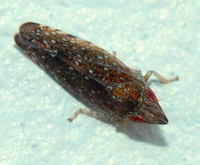 | Photo by: Kyle Kittelberger, Brian Bockhahn, Paul Scharf
Halifax Co.
Comment: mixed hardwood forest, near grass lawn |

 »
»